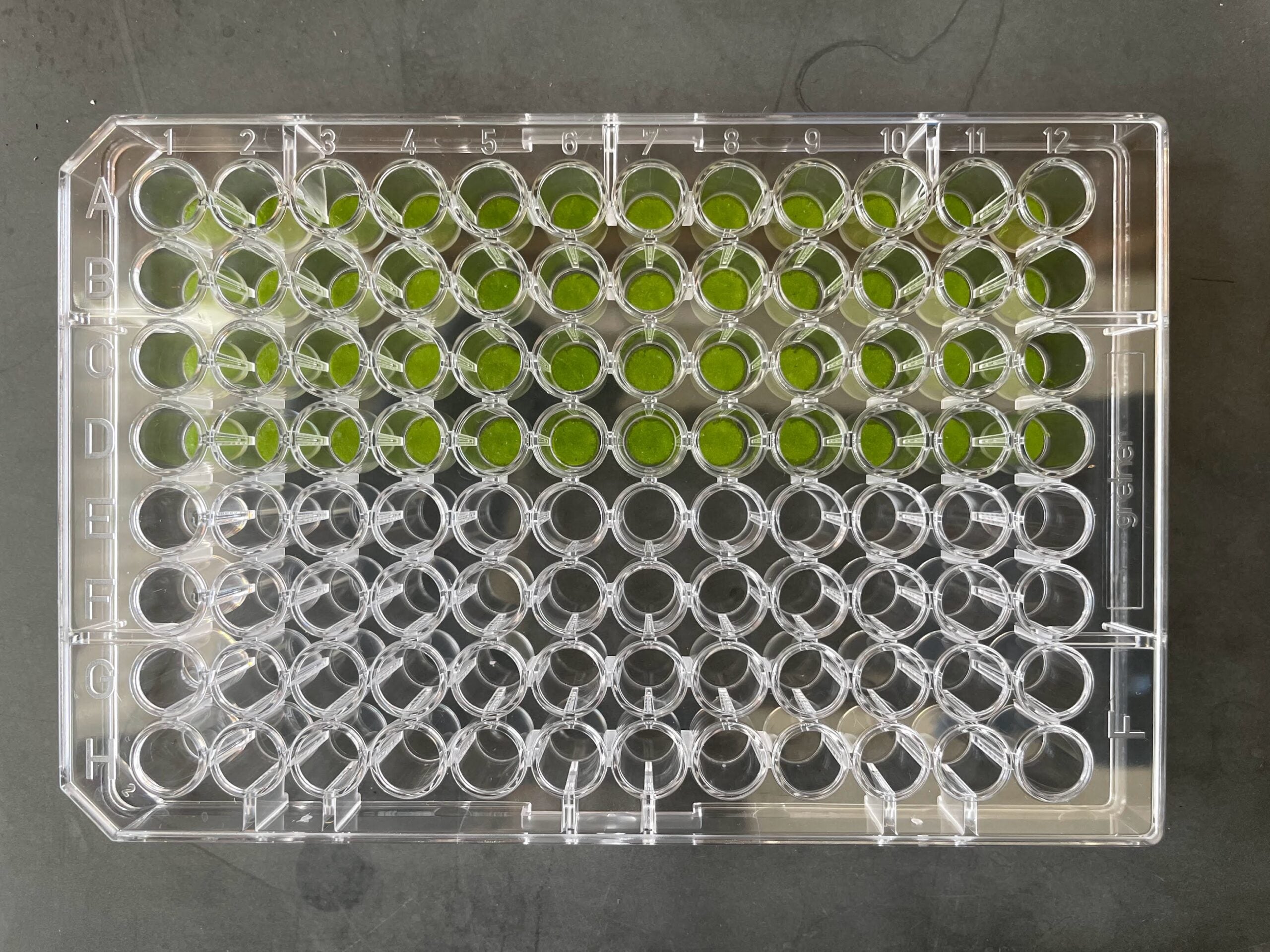Two Stanford University researchers, one who studies root systems in harsh environments and one who investigates how the brain processes spatial navigation, are part of the 26 new Howard Hughes Medical Institute investigators across 19 different institutions. The faculty members receiving this honor are José Dinneny, professor of biology in the School of Humanities and Sciences, and Lisa Giocomo, professor of neurobiology in the School of Medicine.
With a “people, not projects” approach, HHMI gives each investigator about $9 million in direct support over a seven-year term through a full salary, benefits, research budget, and equipment. The researchers stay affiliated with their institutions and their HHMI status can be renewed after review from the institution.
“When scientists create environments in which others can thrive, we all benefit,” said HHMI President Erin O’Shea, in the announcement of the new investigators. “These newest HHMI Investigators are extraordinary, not only because of their outstanding research endeavors but also because they mentor and empower the next generation of scientists to work alongside them at the cutting edge.”
Plant resilience
Dinneny’s work involves researching plant adaptation in extreme environments. He studies the molecular basis for adaptations that allow roots to find water even in harsh conditions like drought or salt-filled soils.
Studying developmental processes helps researchers like Dinneny understand how root systems grow, develop, and change in response to their surroundings. His team tests those discoveries to understand how structure and function influence each other and how those findings can be used to improve crops in a world where extreme weather conditions will affect flora in significant ways.
“Becoming an Investigator represents a career-spanning dream. I’ve always strived to carve a unique path in science and now I have the resources that will help make this vision a reality,” said Dinneny. “HHMI funding will provide me the ability to fully support the curiosity and passion of the students and scientists in my lab, which is invaluable.”
Dinneny was the director of graduate studies in the Department of Biology from 2019 to 2022. He is also a member of Stanford Bio-X.
Spatial recognition
Giocomo’s work focuses on spatial navigation, or how animals (including humans) map the environment and remember where they’ve been, understand where they are, and plan where they need to go next.
“Our conscious experiences almost always involve a ‘sense of space’ – recalling the restaurant where we ate, the route we took home, the path from the kitchen to our favorite chair,” said Giocomo. “However, our world is incredibly dynamic and our goals as we move through the world can rapidly change.” Her research aims to uncover mechanisms the brain uses to support a flexible sense of space.
“I was surprised and deeply honored to be named an HHMI Investigator. This award will provide our lab with the flexibility to pursue new and promising scientific questions,” said Giocomo. “We plan to use new behavioral approaches and tools to uncover specific mechanisms that the brain uses to navigate our ever-changing world, which we hope will lead to breakthroughs in our understanding of spatial cognition.”
Giocomo is also a member of Bio-X and the Wu Tsai Neurosciences Institute.

